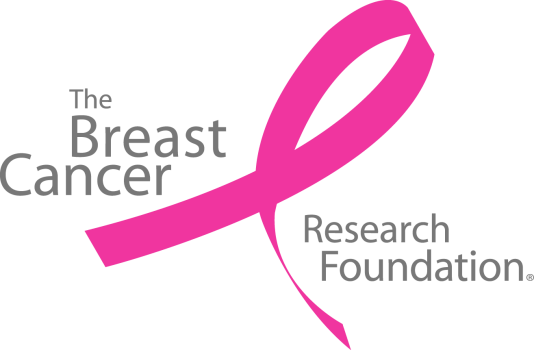There are dozens of breast cancer foundations around the world. Some of the foundations focus on raising public as well as governmental awareness, while other foundations’ primary aim is to support research, in the hopes of discovering new breast cancer prevention steps women can take every day. Funding research to find a permanent cure for breast cancer is another aim that the organizations have.
Building breast cancer foundations takes work, a lot of it. Business plans must be developed. To be successful, breast cancer foundations must also identify grantors as well as specific clients they will support. For example, some foundations support women living in underserved areas, while others offer the bulk of their support to women who are in early or latter stages of the disease.
Relationships between grantors and grantees is also essential. Ilene Mack, a senior officer at a national foundation, shares in Foundation Center that, “The relationship between grantee and grantor is mutual. It should be and I hope is, more often than not, a relationship of respect and responsibility.” Breast cancer foundations like the Breast Cancer Research Foundation work with grantors to fund research to find a cure, as well as more preventive steps, during this generation.

As much as 91% of the donations that research foundations like the BCRF spend go towards research and awareness. Some of the founders of these organizations worked with major corporations in the private sector. Ironically, some founders of breast cancer foundations were challenged with the disease themselves, an experience that played a significant role in the women and men starting the foundations that today, serve and support millions of children and adults around the world.
Similar to for-profit organizations, breast cancer foundations function with a leadership team. In addition to having a board of directors, the organizations also have a senior management team. While the board of directors make pertinent decisions such as which research projects to fund and when, members of the foundations’ senior management team handle the day-to-day tasks. For example, they might visit private companies and teach educational programs or offer informational speeches, both of which are aimed at reducing the numbers of women and men who get breast cancer.
Another purpose of the educational and informational programs is to make women and men with breast cancer aware of local, national and international support that is available to them. Research foundations differ in that their primary focus is to find the funding to discover a cure. It’s this funding that bridges the gap that can at times exist when government funding for breast cancer research drops off.
Considering the fact that breast cancer is the most common cancer in women, according to the Centers for Disease Control and Prevention (CDC), the research is paramount. In 2010 alone, “2,206,966 women and 2,039 men were diagnosed with breast cancer,” the CDC shares. Years ago, the percentages of women and men who died from the disease were higher. Concentratedefforts by breast cancer research foundations will hopefully reduce the numbers and percentages of women and men who develop and die from the disease even further.
Sources:
http://www.bcrfcure.org/
http://foundationcenter.org/getstarted/tutorials/gfr/begin.html
http://www.cdc.gov/cancer/breast/statistics/